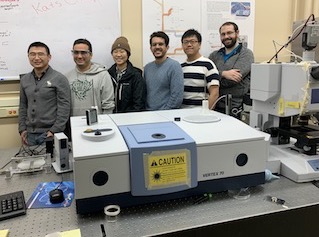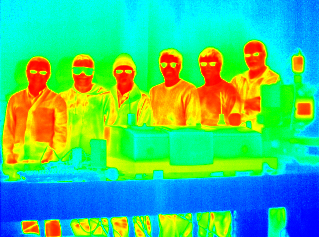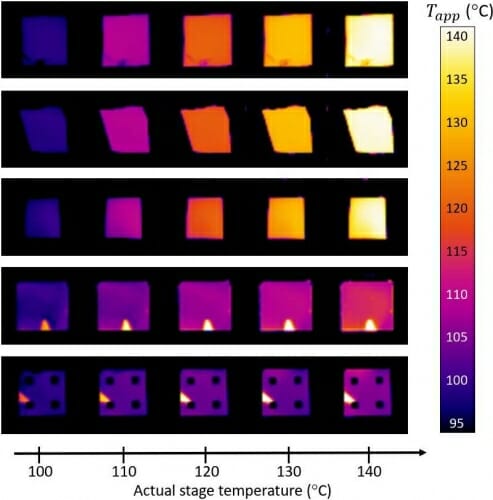Recently, a research concluded with the development of an ultra-thin coating made from Samarium Nickel Oxide and engineered by a team of engineers from the University of Wisconsin-Madison. This coating is a step forward to a major Physic theory regarding thermal radiation ‘The hotter an object gets, the brighter it glows’, not anymore now!

The newly designed coating is employing the tunable property of the mentioned material. A professor at UW-Madison says, “This is the first time temperature and thermal light emission have been decoupled in a solid object. We built a coating that ‘breaks’ the relationship between temperature and thermal radiation in a very particular way,” He further added, “Essentially, there is a temperature range within which the power of the thermal radiation emitted by our coating stays the same.”
Presently, the coating is in its initial stages, covering a temperature range of approximately 105 and 135 degrees Celsius. Long term plans, as shared by the team, include its applications in heat transfer, camouflage, and more importantly, protecting personal privacy. And surely, the last one is what all this research revolves about.

The acknowledgments for the invention goes to the collaboration between UW- Madison, Purdue University, Massachusetts Institute of Technology and Brookhaven National Laboratory. And their studies have been published in the Proceedings of the National Academy of Sciences.
So how it the ultra-thin layer works? The coating continuously emits a minute amount of radiations, despite its temperature, owing to emissivity – the degree at which light emits from a certain material based on its temperature, lowering down with temperature and canceling the intrinsic effect, as explained by Alireza Shahsafi, a doctoral student at Kat’s lab and an author of the study.
Quoting the views of another member, Shahsafi, “We can imagine a future where infrared imaging is much more common, negatively impacting personal privacy, If we could cover the outside of clothing or even a vehicle with a coating of this type, an infrared camera would have a harder time distinguishing what is underneath. View it as an infrared privacy shield. The effect relies on changes in the optical properties of our coating due to a change in temperature. Thus, the thermal radiation of the surface is dramatically changed and can confuse an infrared camera.”
The experiment following the research was based on two samples, two pieces of Sapphire, with and without the coating were taken. One side of both was brought in contact with a high-temperature surface. After this, the two were taken in front of the infrared camera and the temperature trends were observed. A clear gradient was seen for the one without coating starting from deep blue to pink, red, orange and almost white. While better than the expectations, the other one retained its uniformity.

The research and the final product can positively assist in protecting personal privacy. As infrared cameras are enhancing its efficiencies and giving deeper and clearer images of the object of focus, this coating can prove beneficial when it comes to sensitive objects.
THIS RESEARCH WAS SUPPORTED BY GRANTS FROM THE OFFICE OF NAVAL RESEARCH (N00014-16-1-2556) AND THE NATIONAL SCIENCE FOUNDATION (ECCS-1750341).


